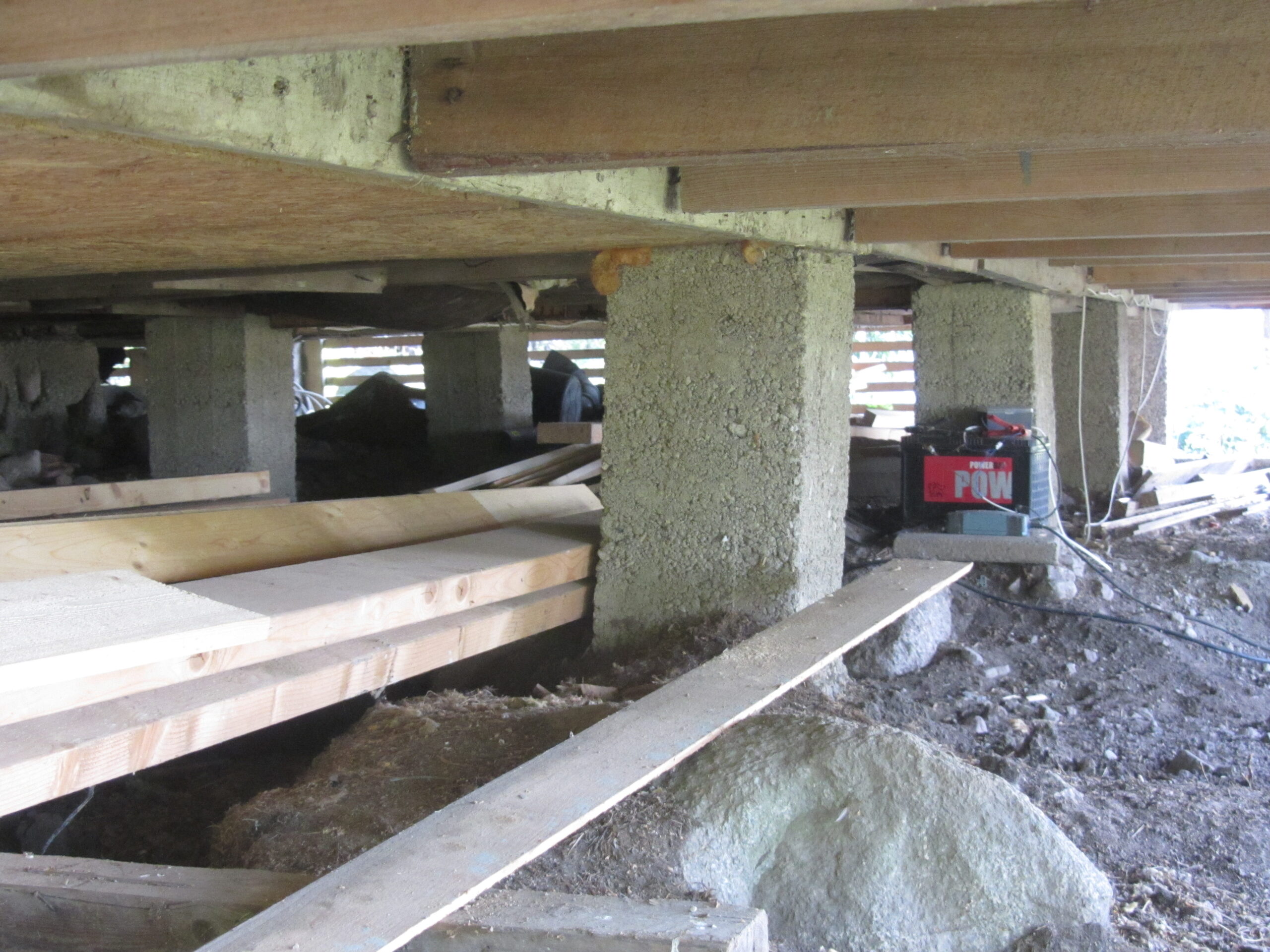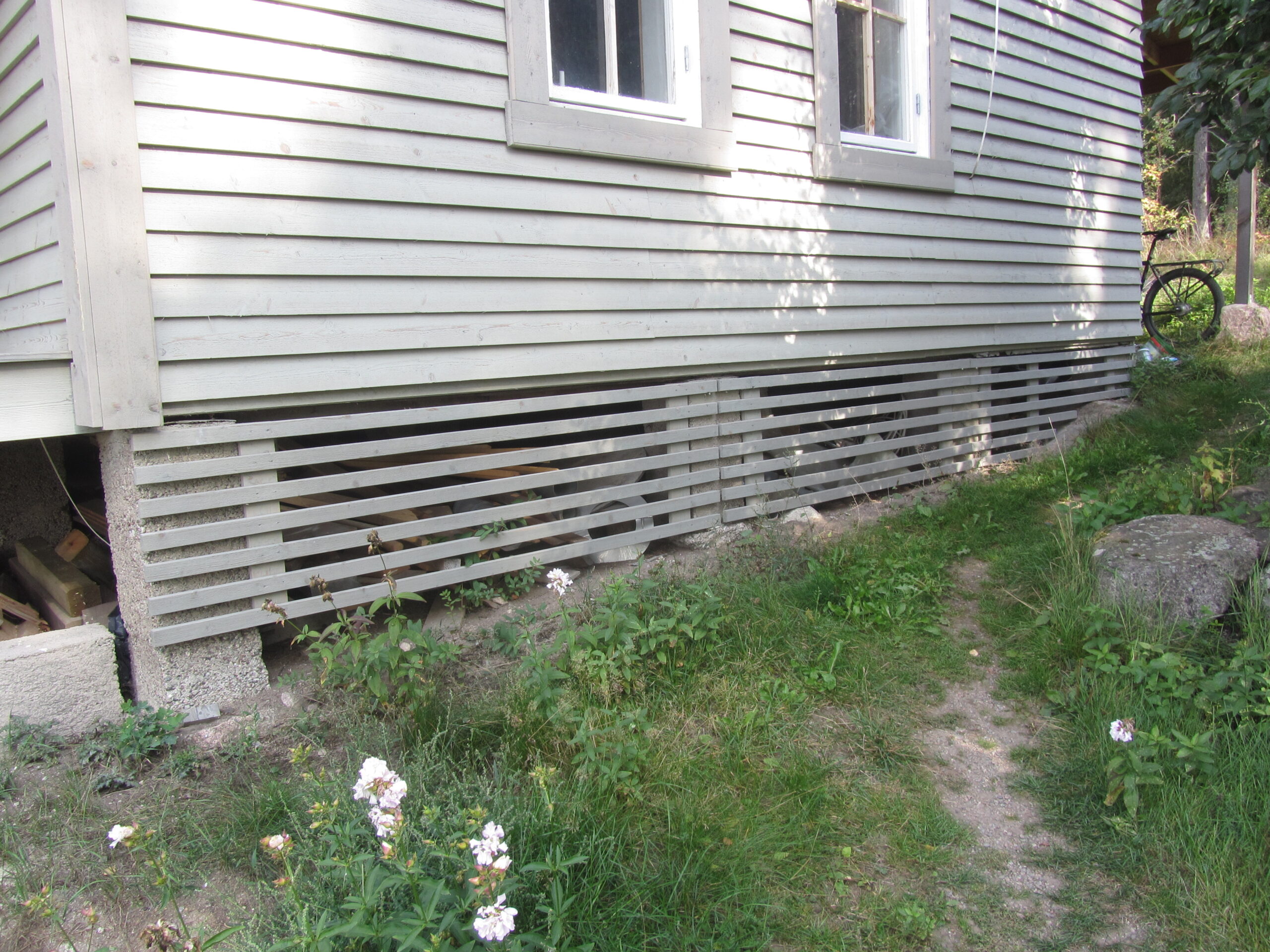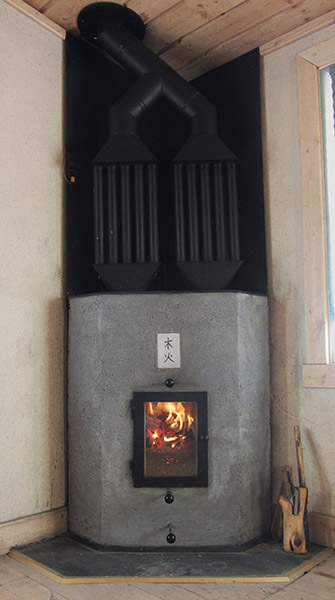THE MAIN BUILDING AT STATION LUNDA is now newly paneled and is supplemented with an outer panel lining around windows and doors. This has since been painted with clay paint. This is a paint that is little known, but that has an ancient origin.
In this case, the paint of the walls consists only of clay and nothing else. The clay is excavated from the Uppsala plain's reservoir of blue clay in a riverbank close by. It has then been slurried to filter out sand and coarser particles and has then been diluted with water to a suitable consistency. It is important to keep the fine particles. It is the nanoparticles in the clay that make it adhere to almost everything. I have even painted over smooth plastic and found it to stick there better than any paint on the market. The fine particles in the clay hold the color together and penetrate an outdoor panel of sawn timber. It is to some extent also possible to paint on a planed surface, but it then has less weather resistance. I have painted the underside of the porch roof and the eaves with the clay paint on that planed surface and it remains well because it is a protected surface.







